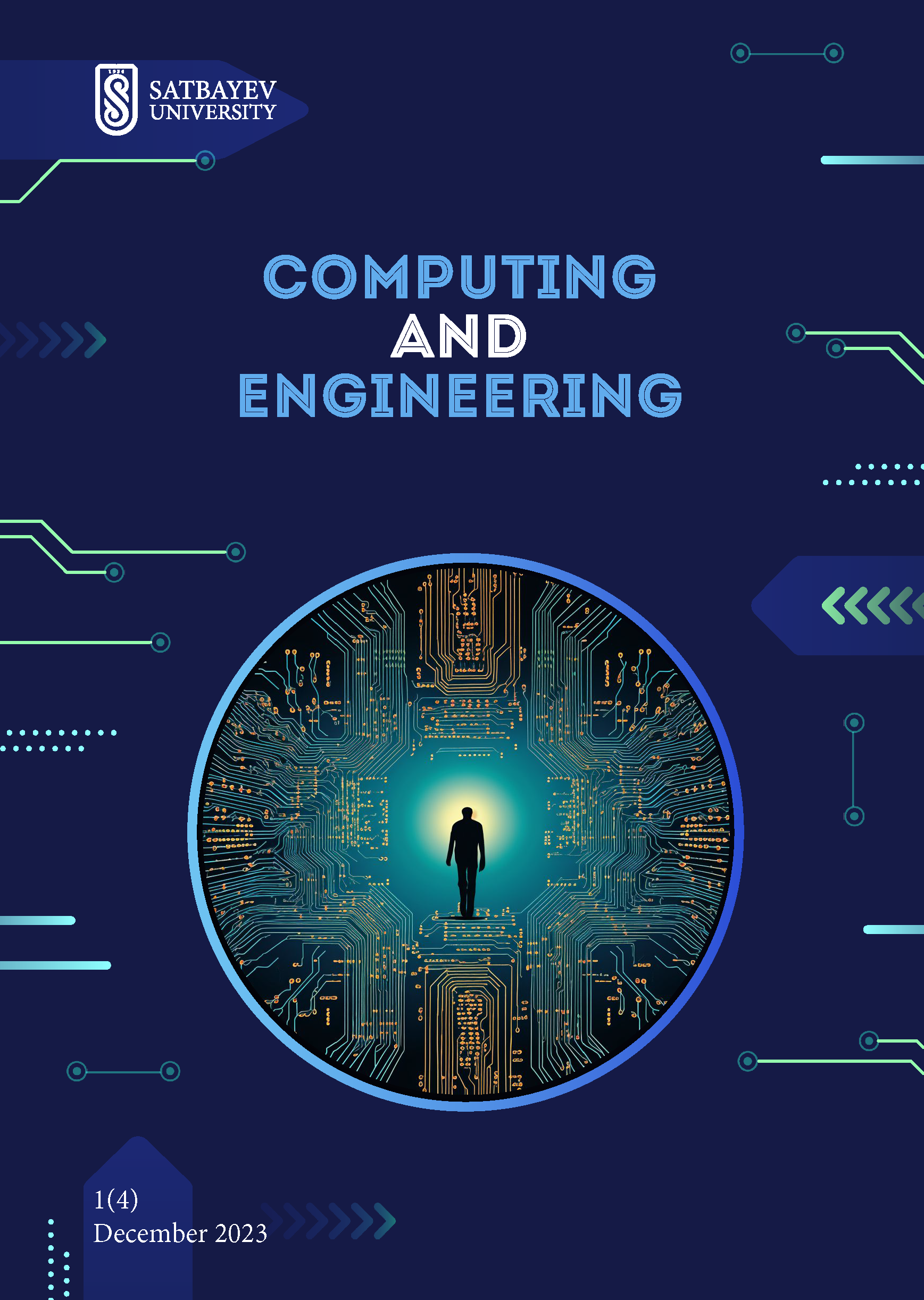Research on Optimal Rescue Path Planning of Submersible Based on Submarine Terrain Modeling
DOI:
https://doi.org/10.51301/ce.2023.i4.06Keywords:
Markov chain Monte Carlo, genetic algorithm (GA), traveling salesman problem (TSP), shortest path planningAbstract
In the process of deep-sea tourism exploration, due to the complex and ever-changing underwater environment, submarines may be affected by natural disasters, seawater pressure, and seabed topography, resulting in communication interruptions and mechanical failures during travel, causing harm to personnel in the submersible and causing huge losses to the tourism company. In order to address safety issues during deep-sea tourism exploration of submarines. This study takes the Inoian Sea as an example. Assuming that people encounter malfunctions during deep-sea tourism exploration while riding a submersible, immediate rescue is required. Firstly, we obtained high-resolution underwater terrain data from GEOCO 2023 and established a detailed three-dimensional underwater terrain model using Matalab software. During the search and rescue process, the sonar of the rescue vessel was used to search for the submersible, and the Markov Chain Monte Carlo (MCMC) method was used to predict the most likely position and probability distribution of the submersible. By combining the traveling salesman problem with genetic algorithm to process location and probability distribution data, the shortest path can be found. At the same time, we also established a dynamic model of the rescue process, allowing the rescue vessel to maximize the efficiency of maritime search and operation paths (such as spiral paths), and reflect the dynamic relationship between the rescue submersible and the damaged submersible.
Downloads
Published
How to Cite
Issue
Section
License
Copyright (c) 2023 Computing & Engineering

This work is licensed under a Creative Commons Attribution-NonCommercial-NoDerivatives 4.0 International License.
<div class="pkpfooter-son">
<a rel="license" href="http://creativecommons.org/licenses/by-nc/4.0/"><img alt="Creative Commons License" style="border-width:0" src="https://i.creativecommons.org/l/by-nc/4.0/80x15.png"></a><br>This work is licensed under a <a rel="license" href="http://creativecommons.org/licenses/by-nc/4.0/">Creative Commons Attribution-NonCommercial 4.0 International License</a>.
</div>





